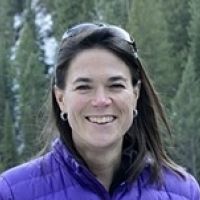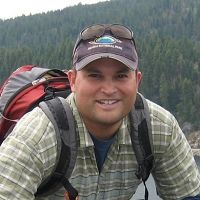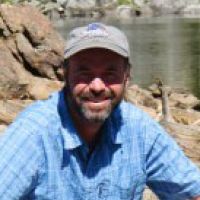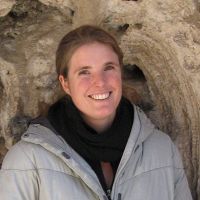Lohse et al. 2014
Reynolds Creek Carbon Critical Zone Observatory.
Lohse, KA, M Seyfried, A Flores, S Benner, N Glenn. (2013)
NSF Proposal
-
Reynolds, INVESTIGATOR
-
Reynolds, INVESTIGATOR
-
Reynolds, INVESTIGATOR
-
Reynolds, INVESTIGATOR
-
Reynolds, INVESTIGATOR
-
Reynolds, INVESTIGATOR
-
Reynolds, INVESTIGATOR
-
Reynolds
-
Reynolds, INVESTIGATOR
-
Reynolds, INVESTIGATOR
-
Reynolds, INVESTIGATOR
-
Reynolds, COLLABORATOR
-
Reynolds, INVESTIGATOR
-
Reynolds, INVESTIGATOR
Abstract
We propose the establishment of a Critical Zone Observatory (CZO) devoted to the quantification of soil carbon (C) processes. Most of the world’s terrestrial carbon is found in the critical zone, where it is predominantly stored as soil C. This important C reservoir is sensitive to climatic and land use change and may act as a source or sink for atmospheric carbon dioxide. Despite its importance, soil C remains a critical source of uncertainty in both C cycling and global climate models. That uncertainty arises due to both an incomplete understanding of the processes dictating soil C fate and the challenge of up-scaling often highly spatially and temporally heterogeneous soil processes to the landscape or global level.
The Reynolds Creek Carbon Critical Zone Observatory (RCC CZO) will address the grand challenge of improving prediction of soil C storage and flux from the pedon to the landscape scale. Reynolds Creek Experimental Watershed is particularly well suited for this effort because it extends over strong gradients in climate and vegetation with associated dramatic differences in both soil organic and inorganic C. These gradients facilitate both observation-based science and experimental investigations in which the gradients act as primary variables. This new CZO will also be supported by unique long-term, spatially- extensive, meteorological, soil monitoring, and atmospheric datasets that will both inform and constrain conceptual and numerical models of soil C behavior.
Research efforts will be focused along a series of intensively instrumented (eddy flux towers, soil respiration, moisture, temperature, and a suite of climatic monitoring) sites along the elevation gradient. Extensive characterization of C stocks and fluxes, soil C amounts, distribution and characteristics will be undertaken at these sites as well as in a distributed manner across the watershed, producing a massive watershed-scale dataset that can inform soil C research for generations. Experimental research will include long-term manipulations of precipitation regime and fire investigations. Modeling of soil physical, chemical and biological processes will inform our efforts to reveal mechanistic linkages between soil C behavior and key environmental variables. Sophisticated climate-hydrologic models will be used to spatially distribute those controlling variables at a sufficiently high resolution (5 m) to capture the natural heterogeneity on the landscape. This data will allow application of ecosystem-soil C simulations that can be tested against the landscape-scale datasets and used to inform our understanding of soil C behavior and direct our research activities towards the areas of greatest uncertainty.
Citation
Lohse, KA, M Seyfried, A Flores, S Benner, N Glenn. (2013): Reynolds Creek Carbon Critical Zone Observatory. NSF Proposal.
 This Paper/Book acknowledges NSF CZO grant support.
This Paper/Book acknowledges NSF CZO grant support.
Explore Further













